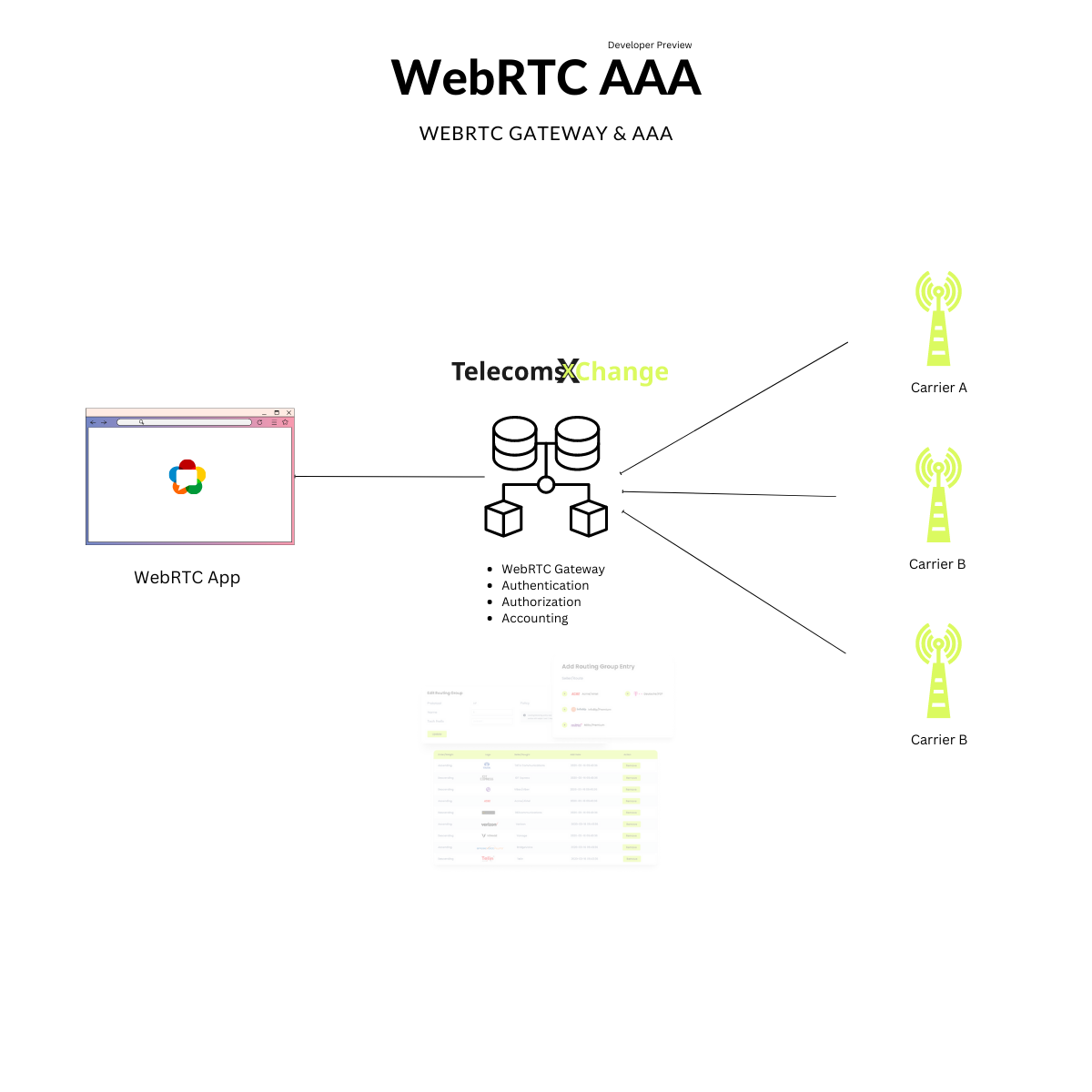Introduction
WebRTC enables developers to add real-time communication capabilities to your application that works on top of an open standard. It supports video, voice, and generic data to be sent between peers, allowing developers to build powerful voice and video communication solutions.
The technology is available on all modern browsers as well as on native clients for all major platforms. The technologies behind WebRTC are implemented as an open web standard and available as regular JavaScript APIs in all major browsers. For native clients, like Android and iOS applications, a library is available that provides the same functionality.
The WebRTC project is open-source and supported by Apple, Google, Microsoft, and Mozilla, amongst others. This page is maintained by the Google WebRTC team. For more information on webrtc please visit https://webrtc.org/ .
In 2016 it was estimated that the number of web applications that embedded WebRTC into their browsers is around 2 billion which is a significant number.
The Challenge
In many cases we have seen carriers cannot accept voice calls from your WebRTC applications directly due to technical limitations in their legacy network setup, Making it unpleasant for developers to add outbound and inbound calls from and to the PSTN network in their webrtc-based applications. The result is innovation slow down and missed commercial opportunities for the telecom carriers.
Solution
With the new service offering, now developers can choose the carrier to send calls from the WebRTC application to the PSTN via TelecomsXChange (TCXC) through any of the pre-interconnected carriers seamlessly. TCXC WebRTC gateway will handle the required protocol conversions and ensure the call goes to the carrier in their supported interconnect format.
Additionally, developers can use the built-in TCXC’s Authentication, Authorization, and Accounting (AAA) as their application backend for billing and carrier routing management which is time-consuming to build, support and get right.
The developer eliminates the need to build or maintain their own SRTP, SIP, and AAA backends.
As for telecom carriers, this opens up the opportunity to accept voice traffic from WebRTC-based applications without making any changes in their current setup and interconnect requirements.
Currently, the service supports WebRTC to PSTN, PSTN to WebRTC WebRTC to WebRTC (voice only).
WebRTC Messaging and Video AAA support is planned but not yet supported.
For more information please contact us and our team would be happy to assist you to get started.
